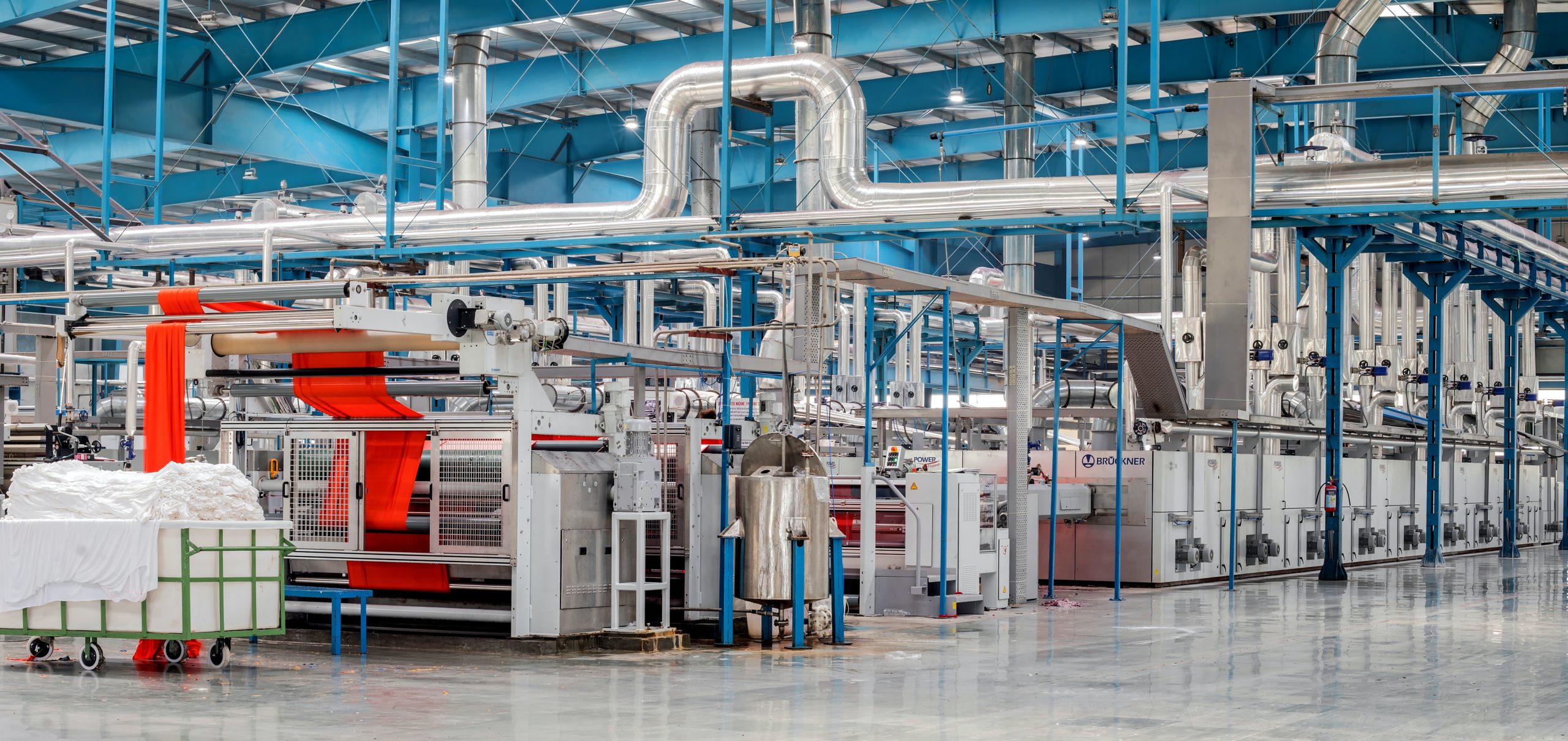Factory Acceptance Testing
What is Primary Current Injection Testing?
Primary current injection testing is an essential electrical engineering process used to verify the performance and safety of high-voltage electrical equipment. This testing method involves injecting a controlled current into the equipment’s primary circuit, allowing engineers to assess the equipment’s performance under various load conditions.
A primary current injection test is particularly critical for high-voltage electrical equipment that is subject to extreme conditions and must operate reliably for extended periods. Such equipment includes transformers, switchgear, and other power distribution equipment used in utility networks, industrial facilities, and commercial buildings.
In primary current testing, the test equipment is connected to the primary circuit of the equipment being tested. Then, a carefully controlled current is injected into the primary circuit, and the results are measured and analyzed to determine the equipment’s performance and safety.
Primary current injection testing is an essential step in electrical equipment’s testing and maintenance process. It is used to identify potential issues such as circuit breaker failure, current transformer malfunction, and cable insulation breakdown. These issues can cause equipment failure, leading to downtime, safety hazards, and costly repairs.
This blog will delve into the details of primary current injection testing, including its purpose, benefits, and how it is conducted. We will explore the different types of equipment that require a primary current injection test, the importance of this testing method in ensuring equipment safety and performance, and the different steps involved in conducting primary current injection testing.
Whether you are an electrical engineer, a technician, or simply interested in learning more about primary current injection testing, we hope we will provide you with valuable insights into this critical testing technique. So, read on to learn more!

FAQ
What is primary and secondary current injection testing?
Primary and secondary current injection testing are two types of testing methods used to maintain and test electrical equipment. While both testing methods involve injecting a current into the equipment, their approach and purpose differ.
Primary injection testing involves injecting a high current directly into the equipment’s primary circuit. This type of testing is typically used to verify the performance and safety of high-voltage equipment such as transformers, switchgear, and other power distribution equipment. A primary injection test can identify issues such as circuit breaker failure, current transformer malfunction and cable insulation breakdown, which can cause equipment failure, safety hazards and costly repairs.
On the other hand, secondary current injection testing involves injecting a lower current into the secondary circuit of the equipment. This type of testing is commonly used to test the protection system of electrical equipment, such as relays, circuit breakers, and protective devices. Secondary injection tests verify that the protection system operates correctly and trips the circuit when it detects a fault.
Primary and secondary current injection testing are critical testing methods that ensure the safety and reliability of electrical equipment. These testing methods are typically conducted by trained technicians or engineers using specialized equipment, and the results are carefully analyzed to identify any issues or potential problems.
What is a current injection tester used for?
A current injection tester is a specialized testing device used to maintain and test electrical equipment. This device is designed to inject a carefully controlled current into the primary or secondary circuit of the tested equipment, allowing engineers and technicians to verify the equipment’s performance and safety.
A current injection tester is commonly used for primary injection testing, which involves injecting a high current directly into the primary circuit of the equipment. It is also used for secondary current injection testing, which involves injecting a lower current into the secondary circuit of the equipment.
Furthermore, a current injection tester can also be used for other types of testing, such as insulation and earth resistance testing. These tests are designed to identify potential issues with the insulation and grounding of electrical equipment.
What is a secondary current injection test?
A secondary current injection test is a type of electrical testing used to verify the performance and operation of electrical equipment’s protective relays and circuit breakers. This test aims to ensure that the protective devices function correctly and provide effective protection to the electrical system in the event of a fault.
Secondary injection tests involve injecting a low-level current into the equipment’s secondary side. The test equipment is connected to the secondary side of the equipment, and the test current is injected through the protection system. The test current is carefully controlled to simulate an actual fault’s conditions and ensure that the protective relays and circuit breakers operate correctly.
During the test, the protective relays should detect the simulated fault condition and send a signal to the circuit breaker to trip and isolate the faulty section of the system. The test results are then analyzed to ensure the protection system operates correctly and within the specified time limits.
The secondary current injection test is a widely utilized testing method to assess the protective systems of electrical equipment, including but not limited to transformers, switchgear, and other power distribution systems. It is a crucial test to validate the protective devices’ proper functioning and ability to provide efficient protection to the electrical network during any fault occurrence.
Can primary injection testing damage molded case circuit breakers?
If the test is not conducted correctly, the moulded case circuit breakers (MCCBs) can potentially be damaged by primary injection testing. Primary injection testing can cause stress and damage to the internal components of a circuit breaker.
To avoid damaging the MCCBs, it is important to ensure that the test current is within the equipment’s rated current range and that any circuit breaker testing is conducted under controlled conditions.
The test current should not exceed the equipment’s rated current or the breaker’s interrupting capacity. It is also recommended to perform a pre-test inspection of the MCCBs to ensure they are in good condition and not damaged or worn.
What are acceptance and maintenance tests?
There are two main types of primary injection testing: acceptance and maintenance tests.
Acceptance testing is typically conducted when new electrical equipment is installed or after significant repairs have been made to verify that the equipment meets the manufacturer’s specifications and performs as expected. During acceptance testing, primary current injection testing is used to verify the performance and safety of the equipment under various load conditions.
Maintenance testing is conducted regularly to ensure the electrical equipment continues operating safely and reliably. A primary injection test is a critical part of maintenance testing. It allows engineers and technicians to identify potential issues such as circuit breaker failure, current transformer malfunction, and cable insulation breakdown. Regular maintenance testing can identify and address potential issues before they become major problems, minimizing downtime, safety hazards, and costly repairs.
